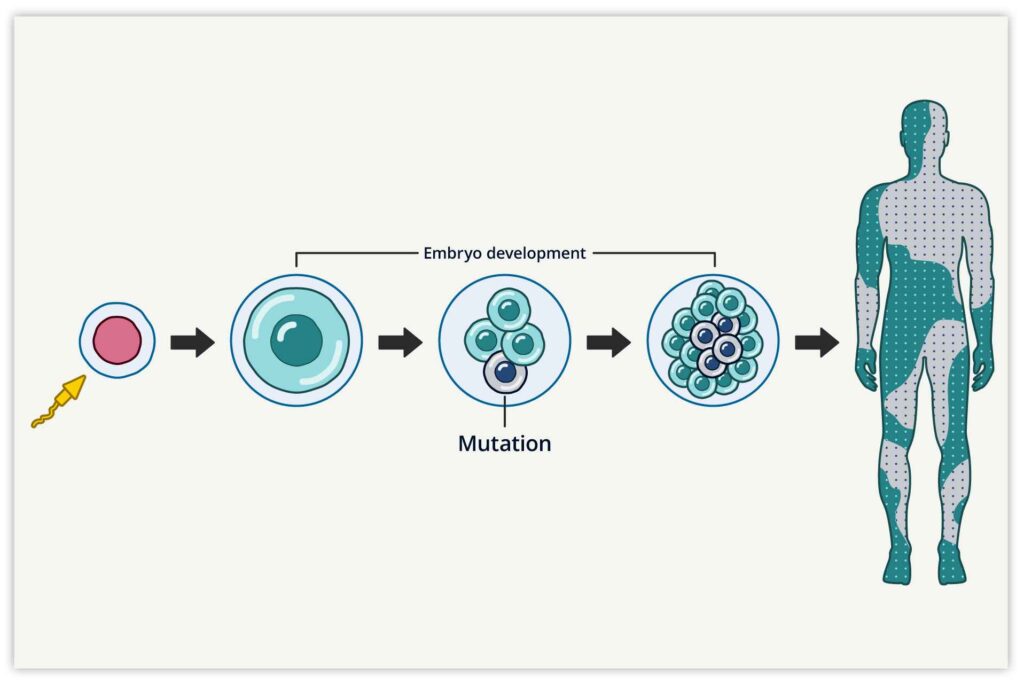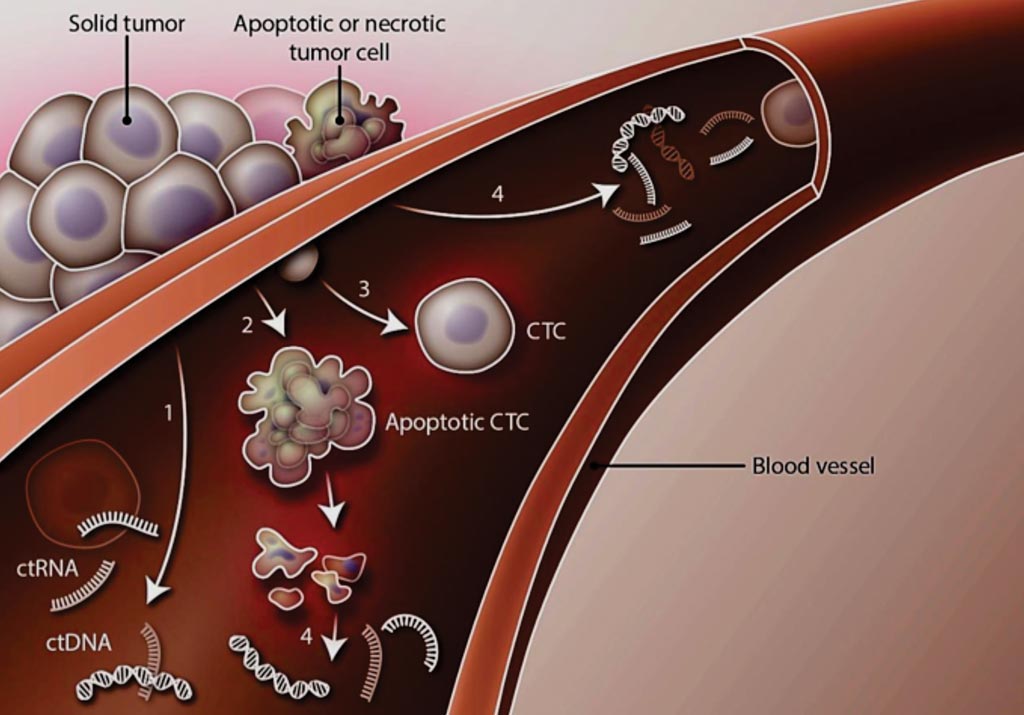Introduction
Cancer, a complex group of diseases, begins with subtle changes at the cellular level. Our bodies consist of trillions of cells, each with a specific role. But sometimes, these cells rebel, leading to uncontrolled growth and the formation of tumors. Let’s break down the process step by step.
The Cellular Orchestra
1. Cell Division
Cells divide as part of their life cycle. This process ensures the replacement of old or damaged cells. Imagine it as a choreographed dance: each cell follows cues to divide, creating new cells. Signals from neighboring cells and internal regulators maintain the delicate balance between growth and control.
2. Genes and DNA
Inside the nucleus of every cell lies a symphony of genetic information. Genes act as conductors, orchestrating cellular behavior. Their composition? DNA—a complex code that encodes instructions for protein synthesis. These proteins play vital roles in maintaining cell health, growth, and function.
The Culprit: Mutations

1. Mutation
- Definition: Occasionally, during cell division, a gene sustains damage or undergoes changes. This is known as a mutation.
- Impact: Multiple mutations are necessary for a normal cell to transform into a cancer cell. Think of it as a tiny glitch in the genetic score—the music sheet—that alters the performance.
2. Faulty Instructions
- Abnormal Proteins: Mutated genes may produce abnormal proteins. These proteins can disrupt the cell’s normal functions, leading to chaos.
- Regulation Failure: Some mutations affect the cell’s ability to regulate its division. Imagine a conductor losing control of the orchestra—the result is a discordant symphony.
The Journey to Cancer
1. Initiation
- Description: It all begins with a single cell experiencing a mutation. This tiny glitch in its genetic code might cause it to lose its ability to follow instructions properly.
- Significance: While most mutations are harmless, some set the stage for trouble. Imagine a conductor missing a beat—the harmony starts to waver.
2. Promotion
- Accumulating Mutations: As time passes, additional mutations accumulate. The cell becomes more rebellious, dividing faster than it should. It’s like a symphony with unexpected crescendos.
- Cellular Anarchy: These mutations disrupt the cell’s normal checks and balances. The orchestra starts playing discordant notes.
3. Progression
- Formation of a Lump: The rogue cell forms a small lump—a tumor. If it’s benign, it stays put, like an unruly guest at a party. But if it turns malignant, trouble brews.
- Invasion: Malignant cells invade nearby tissues, disrupting their function. It’s akin to an uninvited guest barging into neighboring rooms.
4. Metastasis
- Breakaway Cells: Some cancer cells break free from the primary tumor. They embark on a journey, like stowaways on a ship.
- Distant Sites: Through blood or lymph vessels, these cells travel to distant sites. New tumors sprout, affecting organs far from the original trouble spot.
Blood Cancers and Solid Tumors

- Blood Cancers:
- Leukemia: Leukemia originates in the bone marrow, where abnormal white blood cells (WBCs) multiply uncontrollably. These immature WBCs interfere with normal blood cell production. Leukemia can be acute (rapid progression) or chronic (slower progression).
- Lymphoma: Lymphoma arises from lymphocytes (a type of WBC) and affects the lymphatic system. It includes Hodgkin lymphoma (characterized by Reed-Sternberg cells) and non-Hodgkin lymphoma (diverse subtypes).
- Solid Tumors:
- These tumors develop in specific tissues or organs:
- Breast Cancer: Primarily affects breast tissue. Early detection through mammograms is crucial.
- Lung Cancer: Linked to smoking and exposure to carcinogens. Non-small cell lung cancer (NSCLC) and small cell lung cancer (SCLC) are common types.
- Colon Cancer: Arises from the colon or rectum. Regular screenings can detect precancerous polyps.
- Prostate Cancer: Affects the prostate gland in males. Screening with PSA tests helps detect it early.
- Ovarian Cancer: Develops in the ovaries. Symptoms are often subtle, making early diagnosis challenging.
- These tumors develop in specific tissues or organs:
Remember that cancer results from genetic mutations that disrupt cell growth regulation. Treatment options vary based on cancer type, stage, and individual factors. Regular screenings and awareness play a crucial role in early detection and prevention.
Prevention and Hope
- Early Detection:
- Regular screenings play a vital role in catching cancer early. Mammograms, colonoscopies, and other tests help identify abnormalities before symptoms appear.
- Early detection improves treatment outcomes and increases survival rates.
- Lifestyle Choices:
- Exercise: Staying active reduces cancer risk. Aim for at least 150 minutes of moderate-intensity exercise per week.
- Balanced Diet: A diet rich in fruits, vegetables, whole grains, and lean proteins supports overall health and lowers cancer risk.
- No Smoking: Tobacco use is a major cause of cancer. Quitting smoking significantly reduces the chances of developing various cancers.
- Research and Treatment:
- Advances in cancer genetics have led to targeted therapies. These drugs specifically target cancer cells, minimizing side effects.
- Immunotherapies enhance the body’s immune response against cancer.
- Ongoing research fuels hope for better treatments and ultimately finding a cure.
Conclusion
In conclusion, cancer formation is a result of a complex interplay of genetic mutations and environmental factors leading to uncontrolled cell growth and division. By understanding the mechanisms behind these processes, researchers can develop targeted therapies to interrupt cancer progression and improve outcomes for patients. Advances in genetic research, early detection, and personalized medicine offer hope for more effective cancer treatments in the future.
FAQ’s
Q: What is cancer?
A: Cancer is a disease characterized by the uncontrolled growth and spread of abnormal cells. These cells can invade and damage surrounding tissues and organs.
Q: How does cancer start?
A: Cancer starts with genetic mutations in a cell’s DNA. These mutations can result from various factors, including exposure to carcinogens (such as tobacco smoke or ultraviolet light), inherited genetic predispositions, or random errors in DNA replication.
Q: Can cancer be prevented?
A: While not all cancers can be prevented, many can be reduced through lifestyle changes, early detection, and preventive measures such as vaccinations (e.g., HPV vaccine for cervical cancer) and regular screenings.
Q: What are the current advances in cancer treatment?
A: Advances in cancer treatment include targeted therapies, immunotherapies, personalized medicine, and improved early detection techniques. These approaches aim to more effectively treat cancer with fewer side effects and better patient outcomes.












